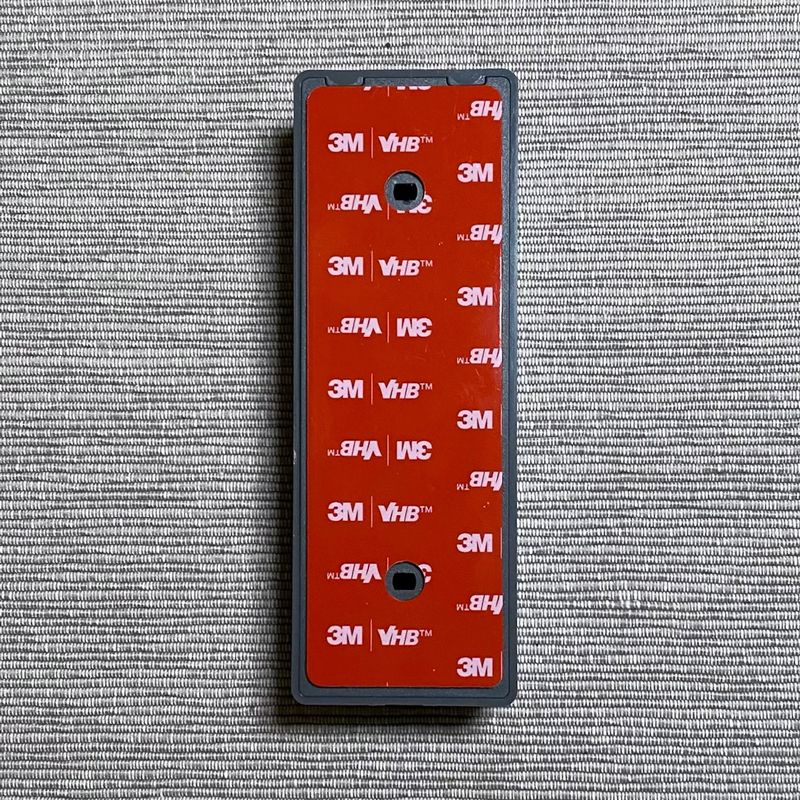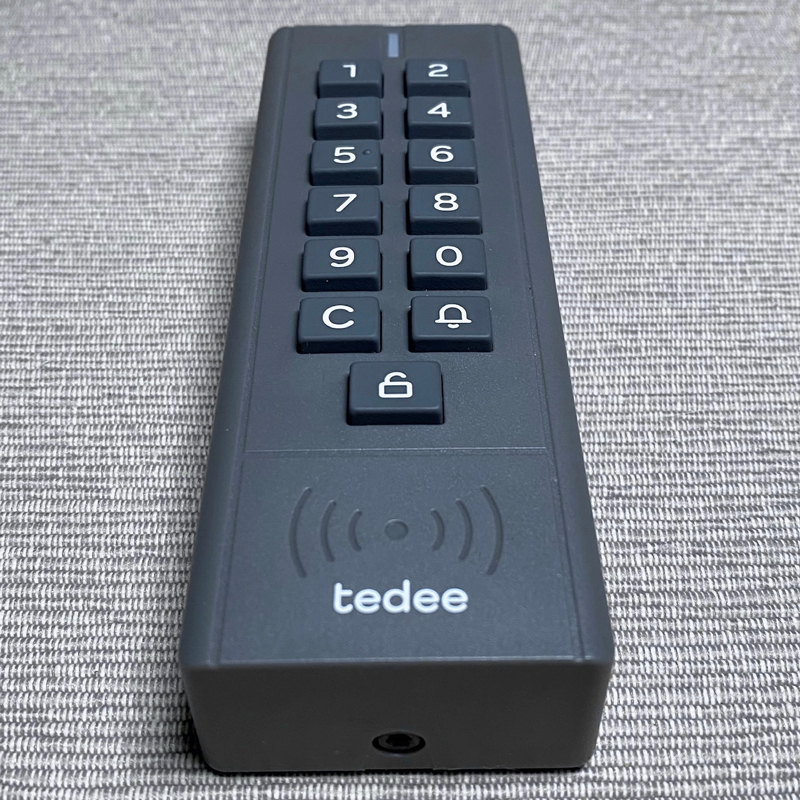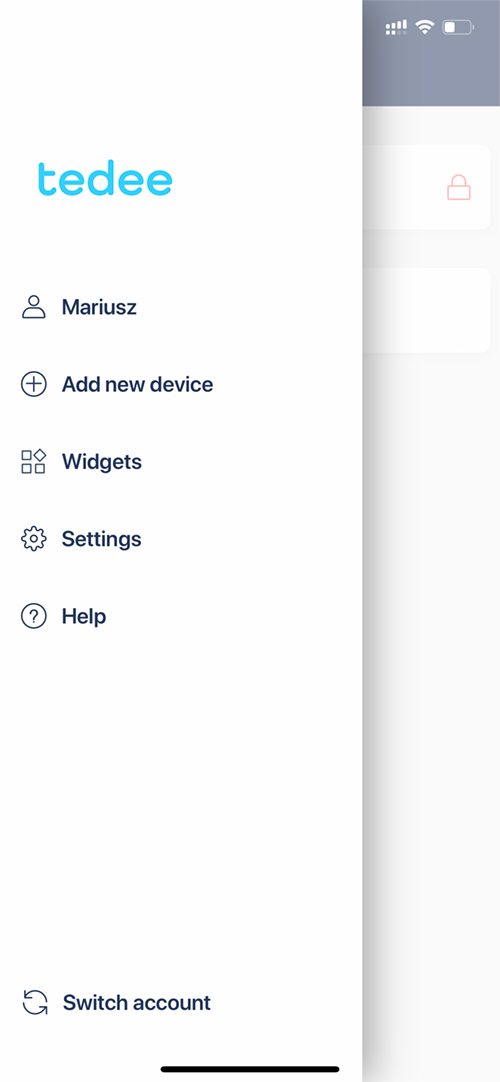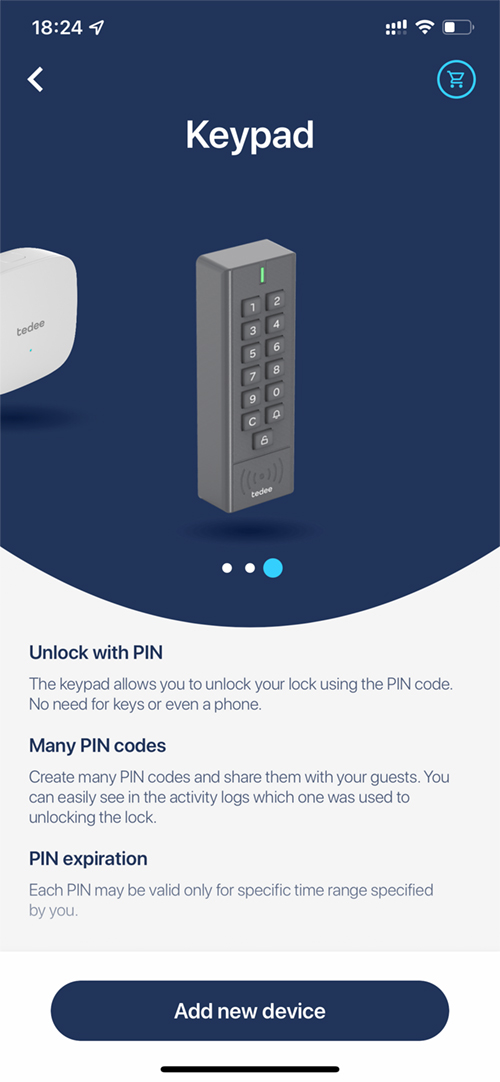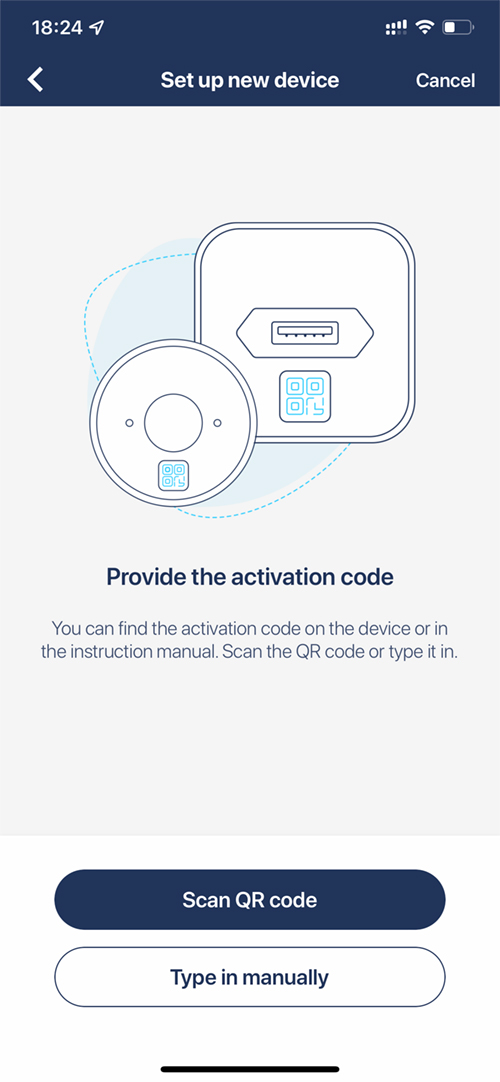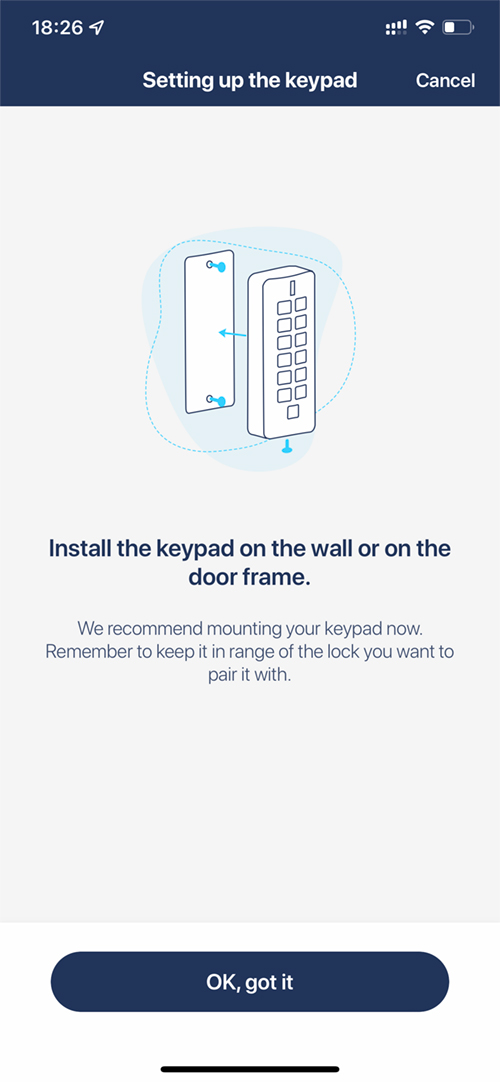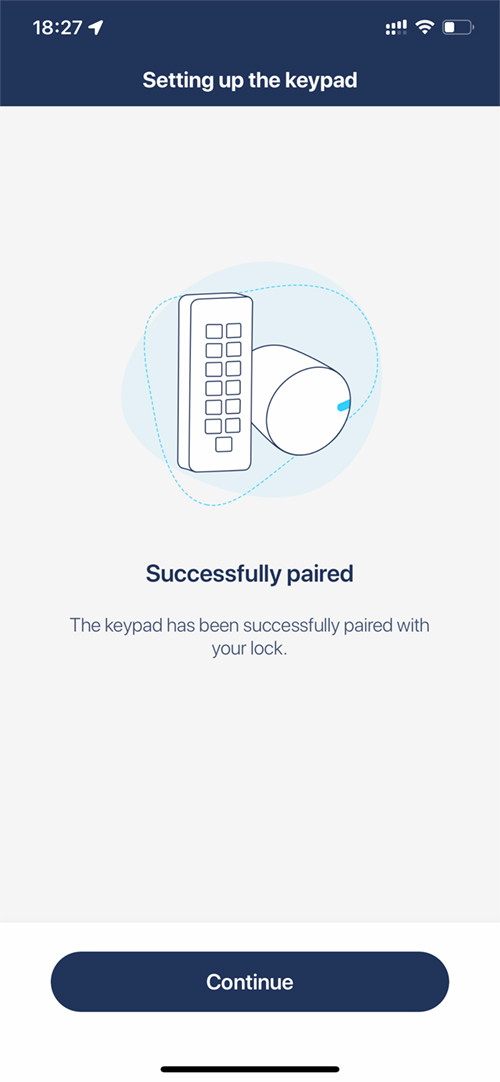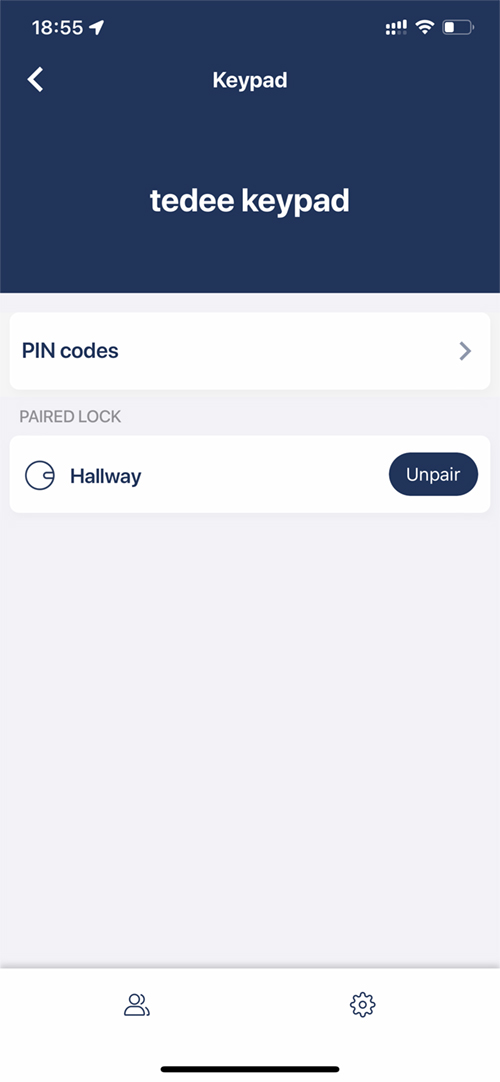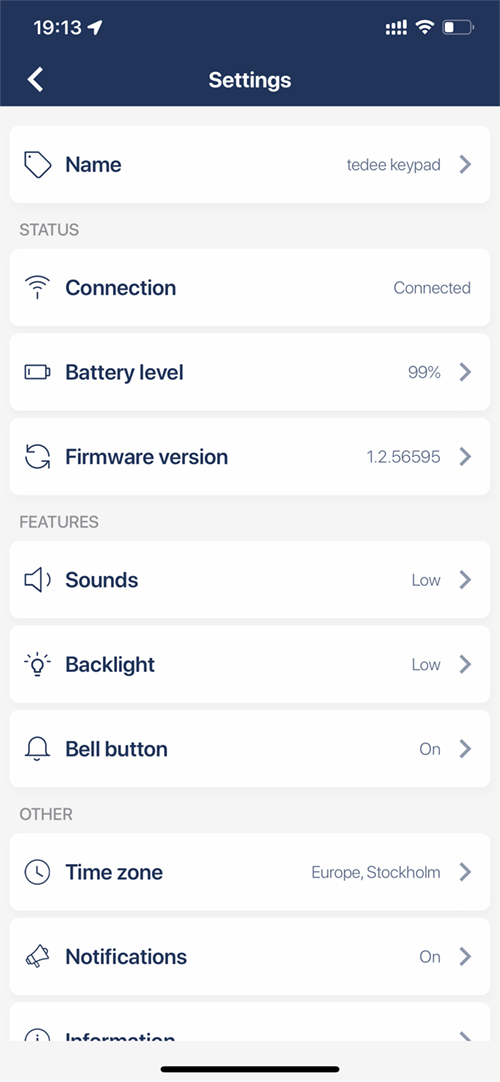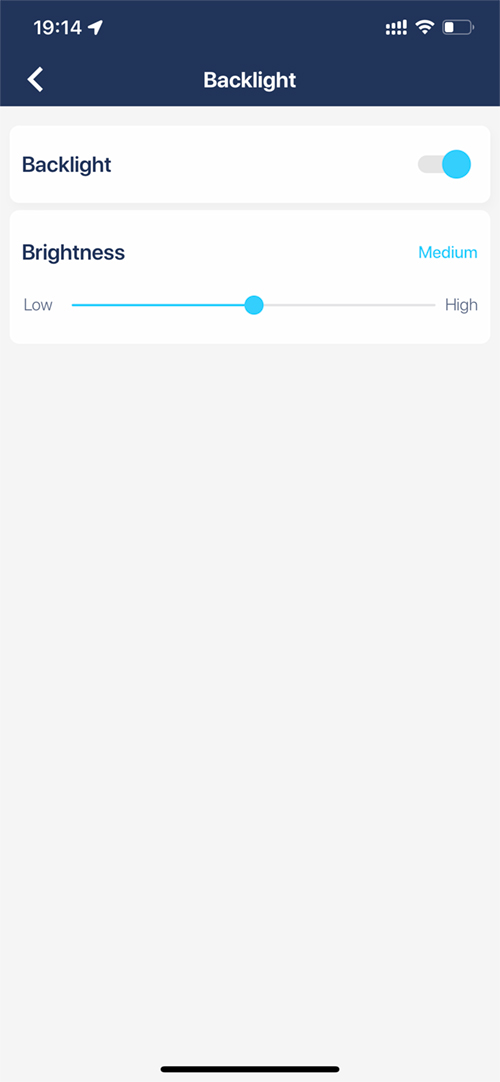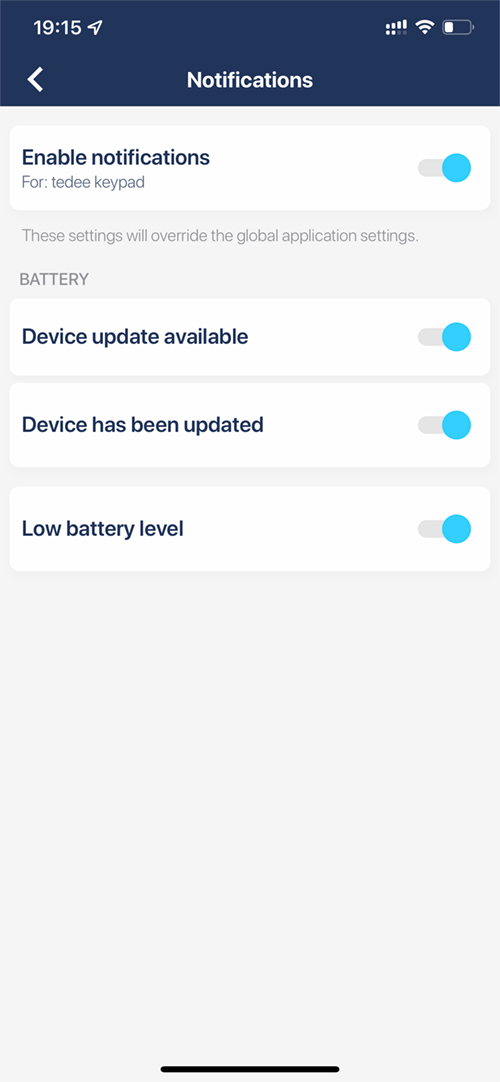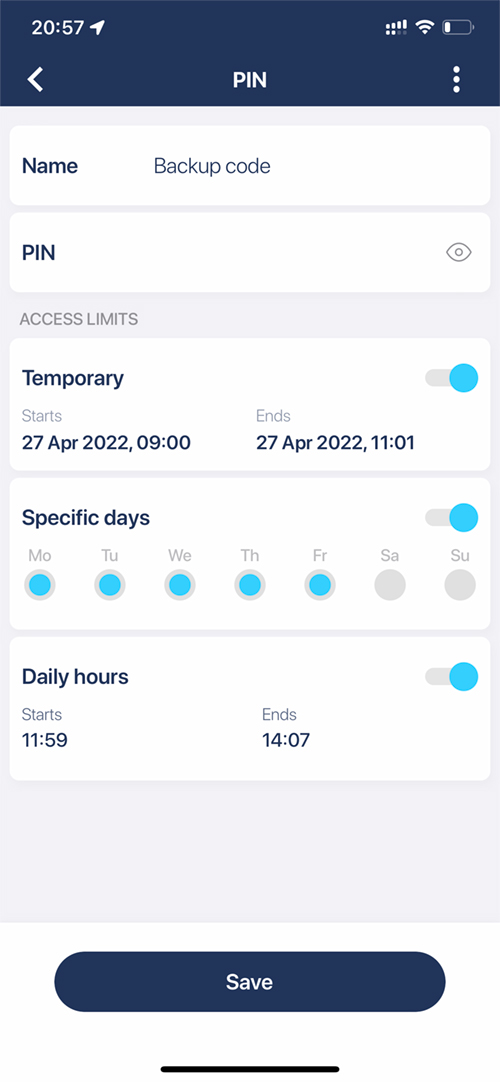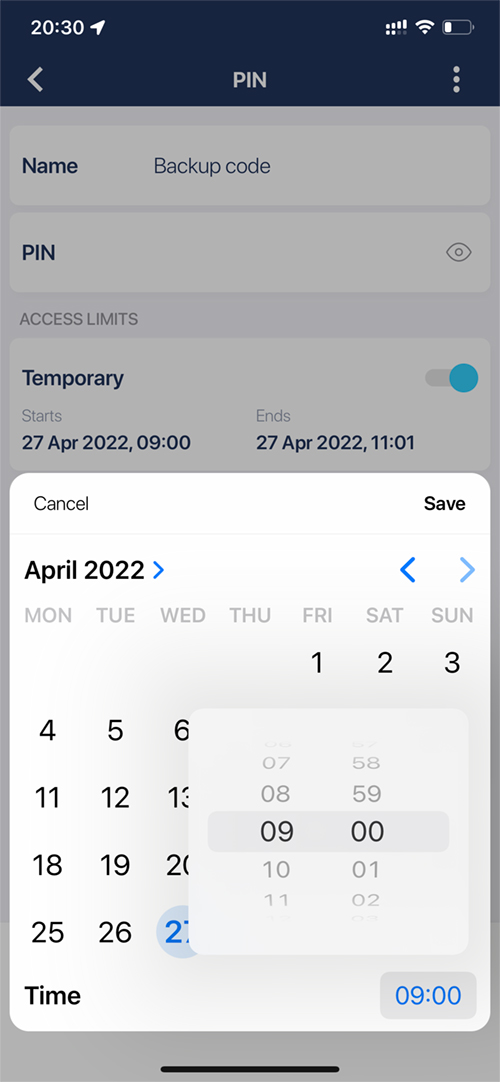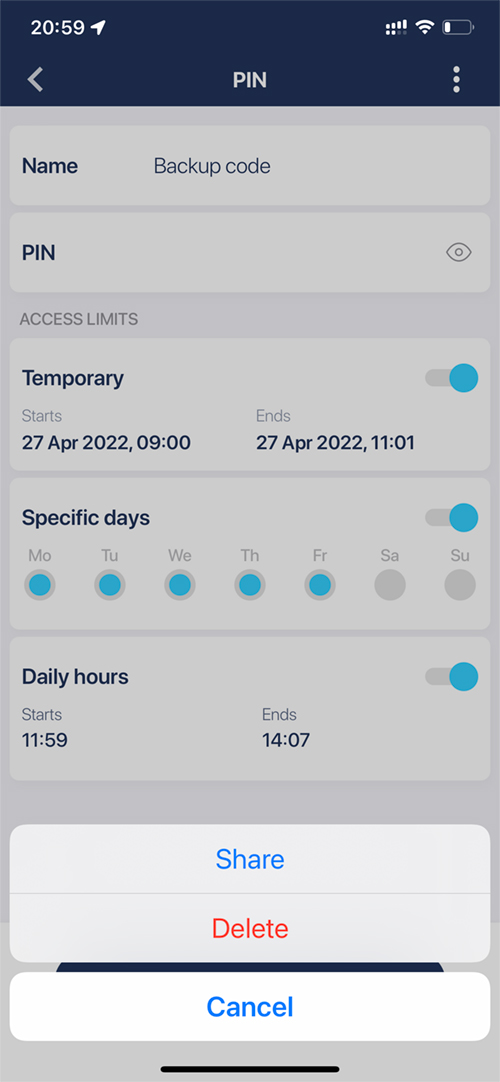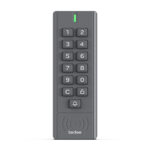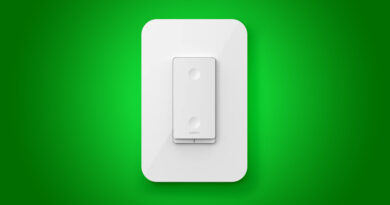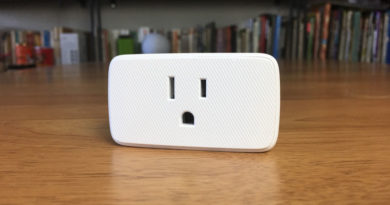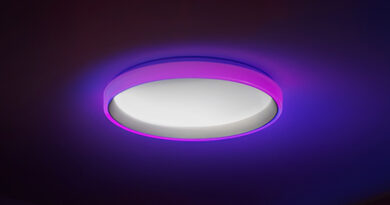Tedee Keypad (review)
A few months ago, we reviewed the smart lock from Tedee (read it HERE), which just then received support for the HomeKit system. In our opinion, the tedee lock turned out to be a very good and reliable product. I still use it every day with HomeKit and it works really well. One of the few things lacking at the time was the option to open the lock without the need for an additional electronic device, such as a smartphone or smartwatch. Even then, Tedee was in the process of preparing a new product called the tedee keypad. Recently, the tedee keypad has been made available for sale, and thanks to Tedee, I was able to test it, so I can share with you my impressions of using the device as well as try to answer the question of whether one needs such a device at all, and if so, why. I would also like to emphasise that the device described here is by no means directly exposed to Homekit, but I believe that due to the fact that it extends the possibilities of the tedee lock used with the Homekit system, it affects the entire experience.
PACKAGING | UNBOXING
The packaging of the tedee keypad is minimalist. Due to its small size, everything fits in a flat brown box in which you will find the tedee keypad itself, a few sheets with codes and information with a link with which you can download the digital version of the user manual. There’s also a small envelope with a set of mounting screws that can be affixed to the exterior wall along with a special Allen key used to open the device in order to replace the batteries.
Technical specification of tedee keypad
- Model: TKV 1.0
- Weight: 120 g (without batteries), 155 g (with 3 AAA batteries)
- Dimensions: 48mm x 135mm x 28mm
- Power supply: 3 AAA batteries (included)
- Battery life: as stated by the battery manufacturer
- Bluetooth communication: Bluetooth BLE 5.0 / 2.4GHz
- IP protection class: IP65
The tedee keypad is available in a single dark grey colour and is made entirely of plastic. The keypad buttons are rubberized and illuminated. The whole thing is certified with the IP65 protection rating, which allows the keypad to be mounted outside. IP65 means it provides protection against low-pressure jets of water from any direction, as well as against condensation and splashes of water. tedee keypad can be mounted with the included pair of screws or with the use of adhesive tape which covers the back of the housing.
The device is powered by three 1.5 volt AAA batteries, which are already installed in the device when you buy it. When you need to replace the batteries, all that’s required is to unscrew one screw on the bottom, using the included Allen key, allowing you to remove the entire device, separating it from the backplate fixed to the wall.
THE KEYPAD
The layout of the buttons is very simple and clear. In addition to the buttons numbered from 0 to 9, there are three additional buttons, which I’ll go into more later. The device itself is not big but it is definitely not the smallest keypad compared to other companies, although I consider that an advantage because the size of the buttons themselves and the breaks in the arrangement of them make it easy to use regardless of who uses it, or the size of their hand/fingers. After pressing any button, the keyboard will be illuminated with a yellowish light, along with a discrete sound emitting from the built-in buzzer. Both of these functions can be managed from within the Tedee app.
The principle of operation of the tedee keypad is quite simple, as one would expect; It allows you to enter an appropriate, predetermined pin code, to open the tedee lock without the need for any additional devices. You have the ability to create up to 100 different pin codes, each containing between 5 to 8 digits. From a security point of view, this gives users between 100,000 to 100,000,000 different possible code combinations! In addition, Tedee also made sure that it is not possible to enter simple pin codes with repeated numbers (000000 for example). In order to unlock the lock, you have to enter the appropriate previously set up pin code using the number buttons, then press the button on the keypad marked with a padlock symbol. Each entry of the correct code is also confirmed by the single green blink of the LED located in the upper part of the keypad. If an incorrect code is entered, the LED will blink red once.
If the button marked with the bell symbol is pressed, the LED blinks green several times and a push notification will be sent to phones that have the Tedee app installed, and are logged in to the account to which the tedee keypad is assigned. The button marked with the symbol C associated with the English word Clear, allows you to delete the entered code if you’re not sure whether you have entered all the correct numbers or the correct sequence. If you also have the keypad’s buzzer activated, you will also hear the sound corresponding to the LED blinking that is also confirmed with each press of a button on the keypad.
ADDING THE KEYPAD
Before you can use the tedee keypad with tedee lock, it needs to be added to your Tedee account which first requires connecting both devices via the Tedee app. It’s a very simple and intuitive method that literally takes a minute. In the Tedee app menu, you need to select the ‘add new device’ option, then after selecting the keypad option, the application will allow you to add the device by manually entering the device code or by scanning its code. The activation code – in the form of a QR code and in the form of numbers – is placed inside of the device itself, under the batteries, and can also be found on a piece of paper in the packaging.
After scanning the tedee code, the keypad will be added to your account, whereupon a list of available, with nearby locks for which you can connect the keypad, will be shown. All you need to do is select the appropriate lock from the list and then press the ‘pair’ button. The tedee keypad can only be connected to one tedee lock at a time. It communicates with the lock via the Bluetooth protocol and it’s worth remembering to place the keypad near the lock during the process of adding it and later when using it.
The manufacturer recommends a distance of no more than 2 metres. In addition, if you also have the tedee smart bridge, the tedee keypad will also be automatically connected to it, thanks to this you will gain such additional functions as push notifications when someone presses the bell button on the keypad, automatic keypad firmware updates and notifications about low battery status. However, by design, the tedee smart bridge is not required to use the tedee keypad with tedee lock. After successful activation, the tedee keypad will be visible on the home page of the Tedee app among our other devices.
By pressing the name of the keypad, you get access to settings and features for the keypad itself. Here you can see which lock the keypad is associated and to which user it is assigned. You can also disconnect it from the lock, in case you want to connect it to a different lock. You will also find access to the options to create and change the pin codes used in the keypad. In practice, these codes are saved in the lock itself and not in the keypad and we will be redirected to the appropriate place in the lock options. Here you will also find access to all settings related to the keypad itself. In the settings, you can give the keypad any name, check the connection status and battery status. Additionally, in the battery tab, you can also mark the type of batteries used in order to correctly display their status. You can choose between standard 1.5v batteries and rechargeable 1.2v Ni-MH batteries, depending on which type you prefer.
The next setting option shows you the software version and allows it to be updated. You can also activate the built-in buzzer, which will make sounds every time you press a button on the keypad. Two volume levels are available, low and high. The sounds made by the keypad are discreet and the two settings do not differ drastically from each other, but they are still loud enough to fulfil their role in confirming a button press, whilst not disturbing the surroundings. The next setting is to set the keyboard backlight; You can turn it off or on and you have three brightness options – low, medium, or high. In the case of the buzzer and the keyboard backlight, it is worth remembering that using the maximum values will increase energy consumption.
The next setting concerns an additional doorbell button located on the keypad itself. You can activate or deactivate it. Its function, when active, is to send a push notification to phones that have the Tedee application installed and are logged into the account connected to the keypad. Unfortunately, at the time of writing, it is not possible to use this button in any other way or to make it available to other systems. Maybe it will not replace the classic doorbell, but it can be useful, especially when you are not at home. The rest of the settings are time zone settings, notification options about available firmware updates for keypad and low battery status, device information and logs.
One of the most important things in addition to reliable operation in this type of device is certainly the ease and flexibility of managing pin codes, thanks to which you can open the lock. You will not be disappointed here. As mentioned before, you can create up to 100 different codes from 5 to 8 digits. When using the tedee keypad in your home, it is certainly hard to imagine that you would use even half of the number of available codes, although let’s not forget that solutions of this type work very well in small and medium-sized companies and also in rental apartment solutions. The options for the codes can be found in the Tedee app in the section where you manage the permissions of tedee lock users, or in the options of the tedee keypad itself. You can create codes that never expire and work at any time without any restrictions, for example for household members, or you can use one or all of the three available options to restrict when a single code is supposed to work. These options can be freely mixed with each other, so it is possible to set any combination.
The first of the three available restriction options is Temporary, which is time/interval based, using a specific date and time range. After this time has elapsed, the code will stop working. The next option, Specific Days, allows you to select the days of the week for which the code will work. Without using the previous restriction option, this schedule will automatically repeat every week. The last option, Daily Hours allows you to limit the use of the code to set hours. As in the previous example, if you do not use any additional options, these hours will be automatically repeated every day. The code created in this way can be easily shared directly from the Tedee app. Since the code is all numbers, all system-wide split and transfer options are available. From iMessage to Mail, AirDrop and more.
You can delete, create, or change already created codes at any time. However, it is worth remembering that if you have a tedee smart bridge, you can do it from anywhere, via remote access, when you are away from home. In the event that you do not have a tedee smart bridge, all changes will be sent to the lock only when your phone connects via Bluetooth directly to the tedee lock. Additionally, each use of the code is recorded and shown in the Tedee app in the tedee lock’s historical data, with the username of the code or the name of the code itself when sharing access with other people. Any attempts to enter a wrong code are also noted there.
IN USE
There are many ways and various additional accessories that allow you to unlock smart locks without the need for a phone or watch. These options vary between manufacturers and different lock models. As usual in such cases, there are always some advantages and disadvantages. If you want one specific solution that will work in every situation, I think that the keypad is just such a general solution. At first, biometric data such as fingerprint readers or cameras, keycards based on RF or NFC communication, various keyfobs or even one of the recently very popular topics in the form of the latest addition from Apple, called HomeKey, sound very interesting and certainly can in many cases, make our lives easier, but they have one major drawback. They require direct contact with the person you want to provide access to your lock or install an additional application. Even in the case of Apple HomeKey, you cannot assume that each person uses the Apple system and has an Apple ID. In the case of keypad devices, you do not have this problem and you can create a code at any time that you can remotely share or simply pass it on, and it does not require anything from people to whom you share this code. Of course, it all depends on what you need. If you do not need to provide other people with access to your tedee lock, then the tedee keypad can still be useful at times when you do not want to take your smartphone or smartwatch with you, or if the batteries in them happen to run out at the most inconvenient moment.
While using the tedee keypad and changing its options, I didn’t run into any problems. It just worked as intended. One thing is also worth mentioning; The specificity of Bluetooth devices is that when they are not used for some time, they go into what is known as ‘sleep time’ for maintenance and prolonged battery life. In some devices from other manufacturers, this causes a noticeable delay in response to the first commands. You won’t notice anything like that with the tedee keypad. The device reacts almost instantly, every time and to every command without delay. The size of the keyboard is so universal that it is easy to use regardless of the person. The keyboard backlight and sound feedback fulfil their purpose very well. It is also resistant to all external weather conditions and it’s hard to really complain about anything here.
In the video above, I quickly demonstrate three features; the ‘doorbell’ button, the result of adding an incorrect pin code, and the tedee lock, unlocking after entering a recognised pin code.
The tedee keypad is not protected in any special way against possible theft, except for one Allen screw that opens the device to replace the battery, but apart from the effects of possible vandalism, you do not have to worry about security. No data or codes are stored in the tedee keypad itself. All data is stored in tedee lock and the keypad is only used for the mere transmission of button presses. The same tedee keypad cannot be reused with another account without first deleting it from your account, so it becomes rather useless to any would-be thief.
The Tedee company is also developing further additional functions, such as increased security features for example; the function that automatically locks the keypad keyboard when you try to enter an incorrect pin code several times. A function is also being developed that will enable the locking of the lock with the keypad, which is not possible at the time of writing. These features will be made available through future app and firmware updates. Additionally, perhaps the most interesting fact is that the tedee keypad also has an NFC module that is not used at present. Although you could not receive any specific information on any plans related to the use of the NFC module, this opens up many potential opportunities and I am personally convinced that it will not go unused, so we will certainly hear about it over time when Tedee introduces additional new features.
There is one thing that I think would gain a lot if it was changed which is related to the push notification sound received via the doorbell button. Currently, the standard system sound for iOS notifications is used, which does not differ in any way from the sounds of most other notifications, which in the case of not looking at the phone screen does not distinguish it in any way. If it were possible to use a different sound or different sounds to choose from, then the user would know without even looking at the screen that someone was ringing your door via the keypad. The option to activate the so-called Critical Alerts in iOS for the tedee keypad would also be useful. Critical Alerts consist of the fact that the notification sound is played even when our phone is muted.
If you want to be able to open the tedee lock without taking your phone or smartwatch with you, and you want a simple and reliable way to share your lock with other people in any situation without requiring anything from the people you want to share it with, I think you will be very pleased with buying a tedee keypad. The price is also affordable and comparable with similar devices from other manufacturers.
Full disclosure: Tedee provided HomeKit News with the Tedee Keypad for the purpose of this review. No other compensation was made, requested or has not in any way influenced our opinion of this product.







